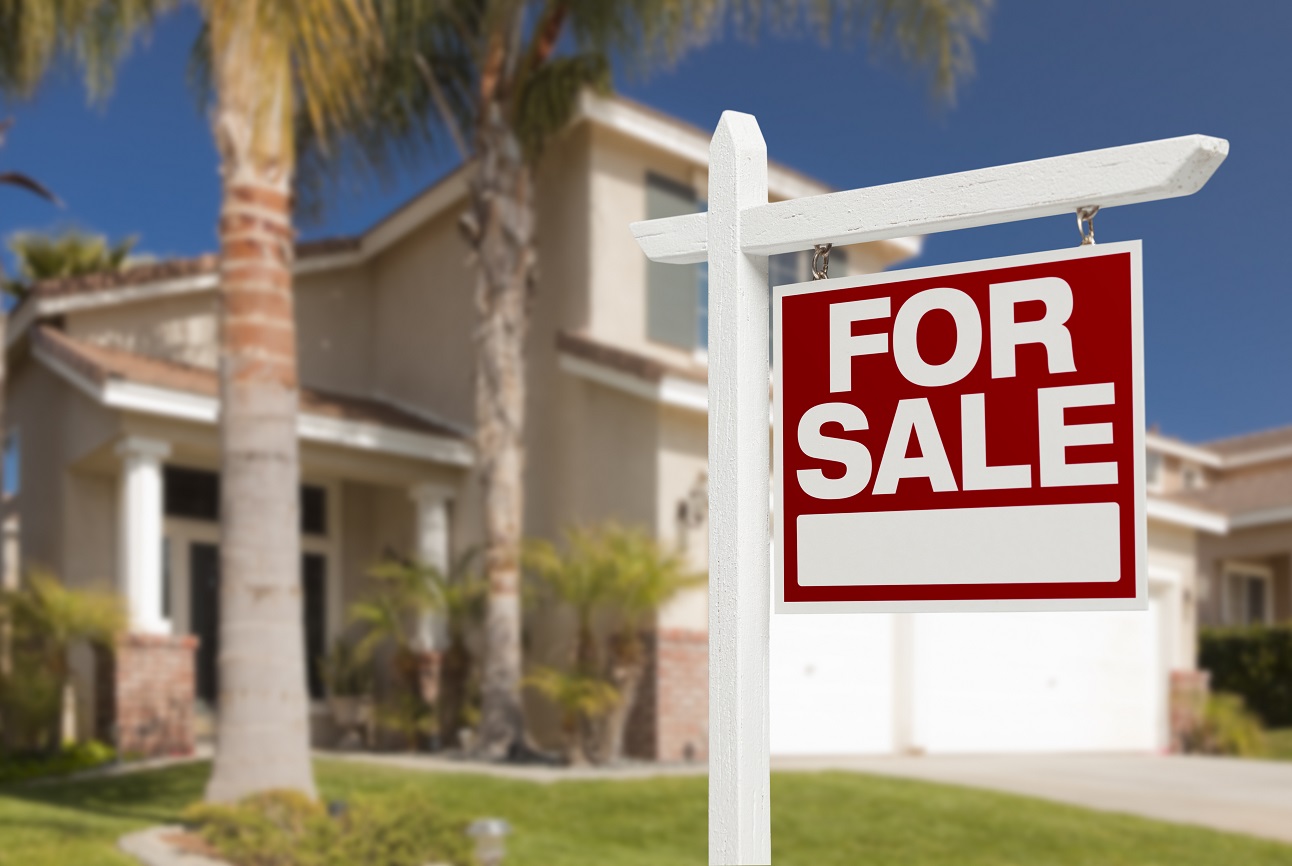According to a market report from Zillow, those shopping for homes this spring are feeling vastly different levels of market heat depending on where they’re looking. Cities like Tampa are seeing home values rising even as home inventory steadily increases.
“Shoppers in the market today should expect competition, especially for attractive listings on the lower end of the price range,” said Skylar Olsen, Zillow’s chief economist. “That’s kept prices ticking upward in most areas, despite affordability challenges. There are places where new construction relieved some pressure, and where homeowners are less locked into their mortgage, but not in the nation’s most expensive metros.”
Buyers in the most expensive major U.S. metros are seeing prices ramp up faster than anywhere else. Monthly home value growth is highest in the coastal California metros and Seattle, topping out at 3.3% in San Jose. San Francisco, Seattle, San Diego and Los Angeles follow, with price growth of 2% or more.
These five metros are the most expensive markets among the 50 largest in the U.S. It’s no coincidence that these areas are also where the highest share of homeowners are likely locked into their mortgage. That’s because it’s so much more expensive to buy at today’s rates.
Bidding wars
Bidding wars are common in these markets, all of which ranked among the top 10 for share of homes sold over asking price in February, the most recent data available. Buyers are competing over few choices; all of these metros have seen below-average recovery in inventory compared to before the pandemic.
Meanwhile, appreciation is subdued in Southern metros, where existing inventory has grown or nearly recovered since the outset of the pandemic. Metros with the slowest — but still fairly strong — growth are New Orleans, San Antonio, Tampa, Orlando and Jacksonville; all clock in at just over 0.5% appreciation month over month.
New construction is providing a pressure-relief valve in these metros, giving buyers who want to move up a place to go. New listings of existing homes have risen from pre-pandemic levels in New Orleans and Austin, while San Antonio and the Florida metros noted above have seen some of the smallest drop-offs.
Recovering home inventory
Recovering inventory in these areas has helped ease competition and bring price appreciation under control. New Orleans, Austin and San Antonio are the three markets where buyers actually have more choices than before the pandemic, while Tampa, Orlando and Jacksonville are down just 9% — tied for the second-smallest drop.
Nationwide, the divide between hot and cold listings persists. In many markets where new and total inventory has recovered, buyers are gaining traction in negotiations.
Homes that sold in March did so in just 13 days. That’s slightly slower than at this time in 2021 or 2022, but far faster than the pre-pandemic norm. Buyers can expect well-marketed and competitively priced properties to fly off the shelves even faster in April and May, as competition ramps up. But other listings are loitering; the median age of all listings on Zillow is 43 days.
Related: Home Inventory to Return to Normal Levels in 2024 According to Zillow
Relatively affordable markets in the Midwest as well as expensive coastal metros like Seattle and Washington, D.C., have extremely short times on market for listings that sell, nearly matching those from the buying frenzy at the peak of the pandemic. Sold homes were listed for a week or less in 17 major metros.
A similar story emerges when looking at listings with price cuts versus those sold over list price. More than 1 in 5 sellers cut their list price in March, the largest share for this time of year in more than a decade. Places where cuts are the most common are Tampa, Phoenix, Jacksonville, San Antonio and Orlando.
On the other hand, nearly 27% of homes sold over list price in February, compared to less than 19% in 2019. Sellers who price their home correctly, and amp up their real and digital curb appeal, shouldn’t have a problem cashing out and moving on.




























